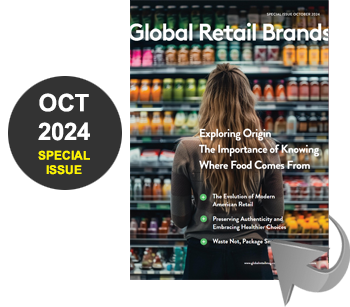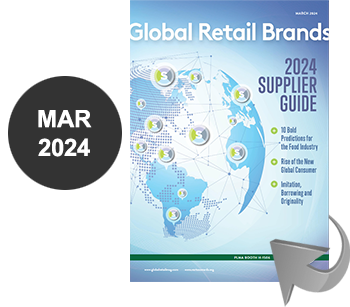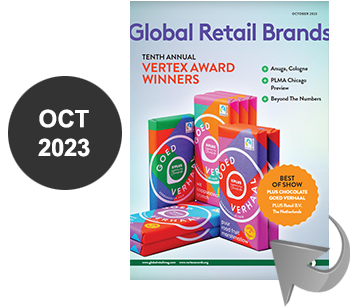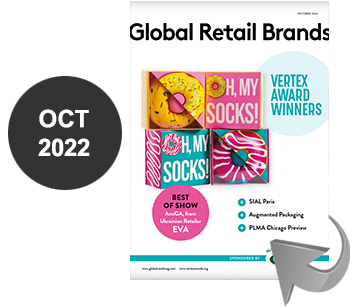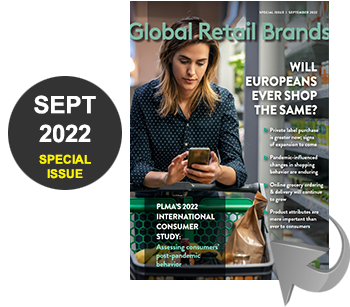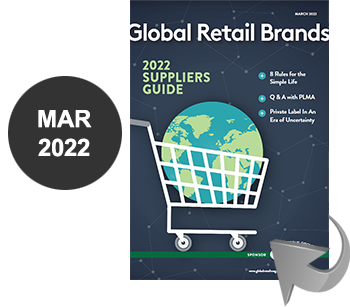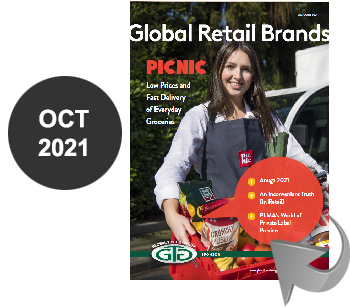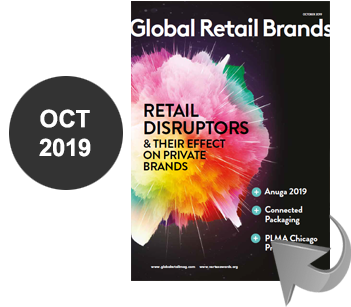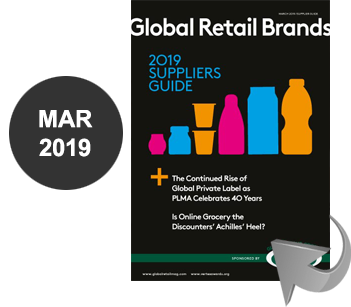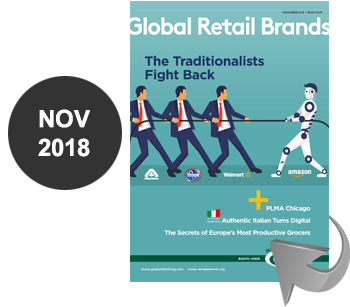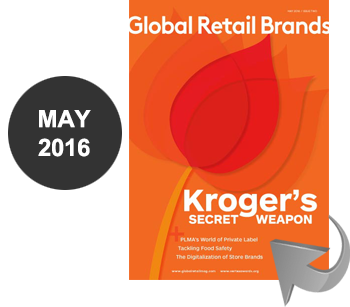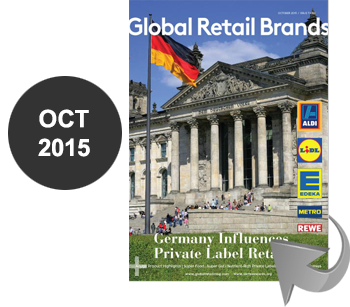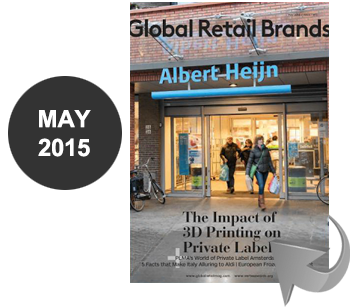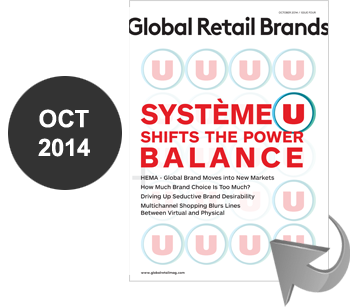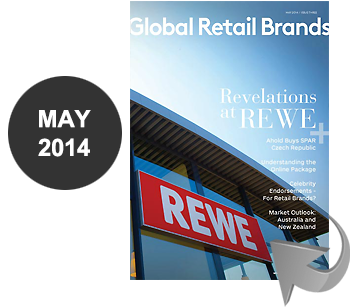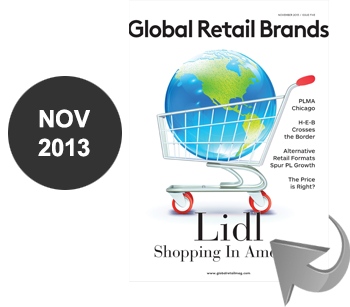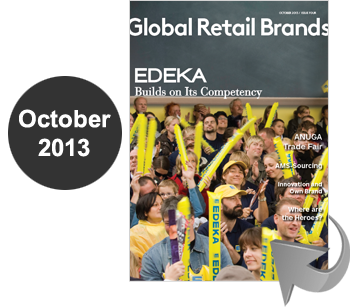
Variable Marking and Coding: Making the Best of a Necessary Good
By Liz Churchill, Vice President for Sales & Marketing, and Lyndsey Farrow, Marketing Communications
It’s easy to think of variable marking, coding and identification requirements as a necessary evil, but the truth is they’re a necessary good. Look at all the ways packaging codes and markings can benefit consumers, producers, retailers and the brand itself.
Documenting Origin and Freshness >>
Every smart shopper looks at the “best by” or “use by” code to make sure they’re getting a fresh product – and to judge whether items that have migrated to the back of the fridge need to be thrown out.
Country of origin labeling (COOL) for meats, fish, shellfish, nuts, fruits and vegetables can also benefit consumers by providing information to guide purchase decisions, and by helping packers, processors and retailers ensure the integrity and traceability of the food supply. COOL can be controversial, and the World Trade Organization recently ruled that mandatory COOL legislation in the U.S. for muscle-cut meats presents an unfair barrier to international trade.
However, companies and legislators who believe in the benefits are still pursuing options such as voluntary COOL – and mandatory COOL still applies to a wide range of consumable products. Most important, surveys have repeatedly shown that shoppers prefer to know where their foods come from, and the USDA has concluded that COOL benefits the consumer.
Shoppers usually get their way in the marketplace, and, whether mandatory or voluntary, labels identifying country of origin are likely to play a greater role in the decisions they make at the meat case and produce aisle.
Ensuring Authenticity and Safety >>
Far less controversial than COOL, but even more important to product safety, are the bar codes and other serialized markings used to identify individual lots, shipments and packages of drugs, cosmetics and other products for purposes of authentication and traceability.
Serialization codes are essential for supply-chain management and assurance. They provide the ability to track products from source to consumer, and to recall products quickly in the event of a problem. They can help ensure the supply chain is efficient and accountable. And they can help give consumers confidence that the products they consume are genuine and safe.
Delivering a Better Experience >>
Increasingly, variable marking is also being used to understand and respond to the preferences of individual shoppers. Serialized codes can be printed on loyalty cards, on promotional flyers and coupons, inside bottle caps, on product packages and more.
Variable codes and personalized graphics can engage shoppers and encourage them to take action – by participating in a contest, claiming a discount, earning a perk. And the data behind the markings can be used to help manage promotional programs and gain insight into each shopper’s behavior.
Serialization can also provide the data you need to determine whether goods are being purchased in-store or online, at which particular retailers, and even whether specific types of promotions are meeting their targets.
Strengthening and Protecting Brands >>
In the final analysis, all types of identification codes are about brand trust. The information printed on the package isn’t just data. It’s a story about where the item has been and how fresh it is. Reassurance that it’s safe to consume. Motivation to make the brand a part of the consumer’s everyday life.
That’s why most manufacturers will include codes such as “best by” dates even though there’s no regulatory requirement to do so. If the code isn’t present and trustworthy, shoppers won’t just abandon the purchase. They may abandon the brand.
Conversely, markings that are legible, helpful and reliable benefit everyone who touches the brand – from supply chain managers, to marketers, to retailers, to the shoppers who ultimately determine brand success.
Better Processes and Technologies for Better Marking, Coding and Identification >>
With all the good that variable marking and coding can do, why do brand owners, packaging engineers and production line managers regard it as a necessary evil? There are many reasons package and label markings can be costly, difficult to manage and errorprone. Here are the top three issues, and what you can do to address them.
1. Print Quality. Poorly printed markings bring consequences. A juice bottle may be left on the shelf because the freshness date is illegible. A shopper may lose confidence in brand quality or authenticity if the label doesn’t “look right.” A recall may balloon to disastrous proportions if a defective bar code makes a bad lot of product untraceable.
There’s no reason today to accept anything less than the best possible print quality appropriate to the application. Labels and packages should be designed from the beginning to optimize marking requirements – from leaving a discrete space where state tax codes can be printed on a wine bottle label, all the way to printing logos and promotional information directly on the package in the same step as the variable code.
Brands that care about quality should also invest in the best available print technology. Big advancements in inkjet, thermal and laser printing have been made in just the past five years. In fact, the print quality, speed and control offered by today’s most advanced systems can rival the capabilities of traditional printing technologies – so variable markings can be designed as a seamless part of the preprinted package or label.
2. Data Management. Regulations change. Different jurisdictions have different information and format requirements, even though the product in the package may be the same. Consider, for example, the sweeping changes to food labeling regulations that have come to the EU – or the new FDA regulations that will soon be changing the look and content of labels in the U.S.
To all that, add the complexity of managing multiple printing systems on multiple production lines – not only for primary packaging, but secondary and tertiary packaging as well. Brands need to centralize packaging design and printing control in order to respond quickly to content and format changes across all packaging types and minimize the risk of incorrectly coded packages.
An advanced, centralized print controller can be configured to draw product and supply chain information from official sources – such as product information databases, ERP systems and brand asset repositories. Based on this data, markings can be designed to meet the requirements of each regulation, label design and package type, with any changes propagated automatically to all printers of every type, anywhere.
3.Cost Control. Printing codes can affect production costs in several ways, especially when applying adhesive labels. For example, there’s the capital and maintenance costs for labeling equipment. There’s the cost of buying consumables such as print ribbons and adhesive labels, and of managing the waste they leave behind. There’s the cost of lost production and scrap when consumables need to be changed or when labeling creates a bottleneck on the production line. And there’s the cost of separately managing and storing preprinted boxes and labels.
While traditional preprinting and labeling methods will remain the preferred choice for many brands and marking applications, the speed, simplicity and quality of today’s directprint systems can offer a cost-effective alternative in the right circumstances. Direct printing can help brands gain market flexibility while saving preprinting, warehousing and labeling costs. Depending on the package design, secondary and even primary packaging can be printed in a single step right on the production line – not just variable markings but also the brand logo, messaging, nutrition facts, promotions and more.
Turn a Necessary Good into an Opportunity >>
The core takeaway is that variable marking and coding isn’t a necessary evil – it’s a positive good that benefits the consumer and the brand. More than that, it can be an opportunity to improve production processes while helping your brand stand apart in the marketplace.
With over 160 years of experience – leading up to today’s most advanced technologies – Matthews Marking Systems understands your marking and coding challenges, and how these challenges can be re-envisioned as opportunities for your brand. FFor guidance on specific applications and a complete library of coding and marking resources visit www.matthewsmarking.com.








